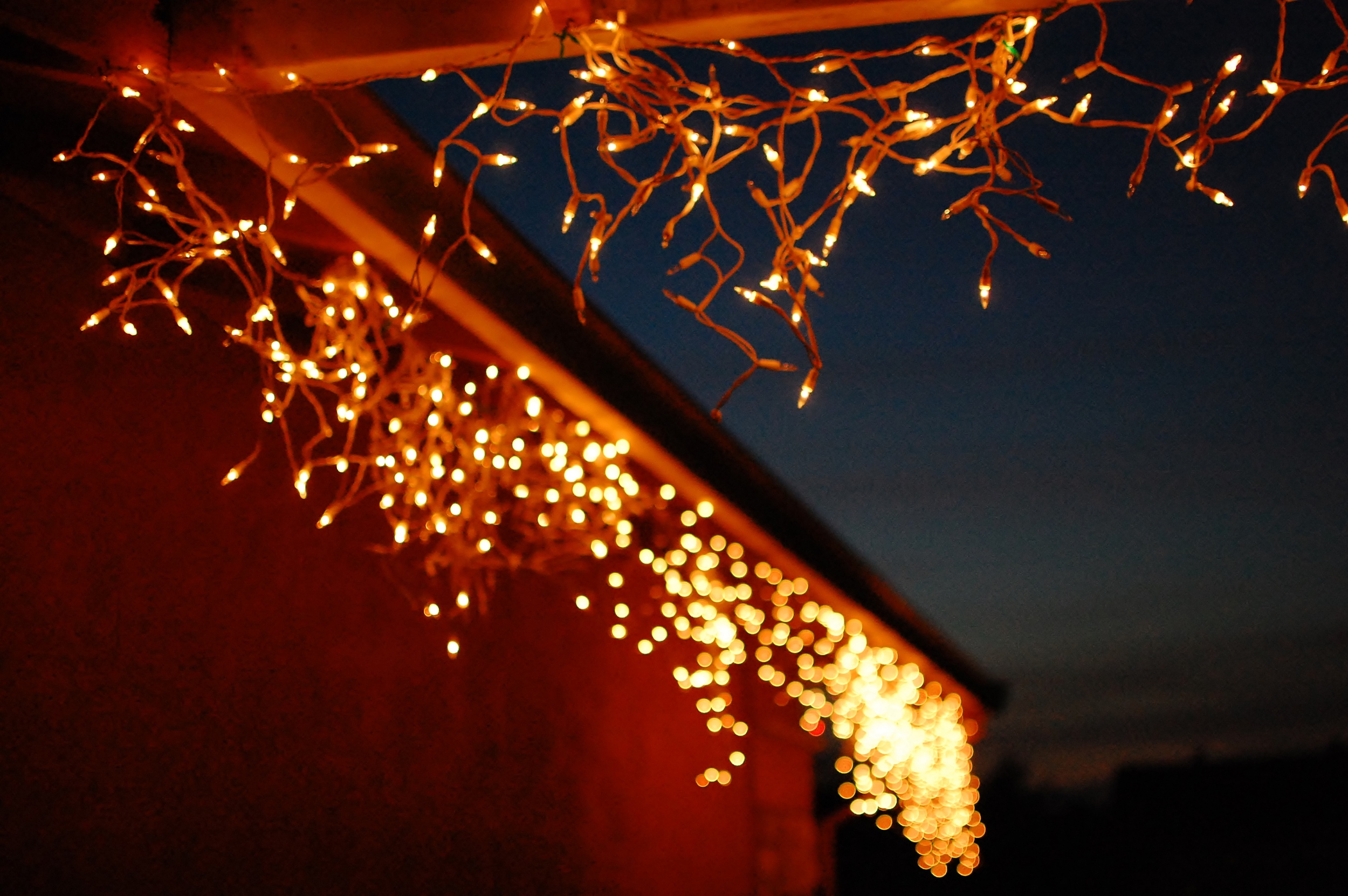Looking to install landscape lighting? Here are some things you need to know, whether you are hiring pros or doing it yourself.
Quick Tips:
· Installing landscape lighting requires familiarity with electrical systems.
· The average cost of a DIY lighting projects is between $100 and $350 per fixture.
· Don’t skimp on materials: waterproofing, wattage, and wire quality matter if you want the system to last and not start fires.
· A novice will spend 2 to 3 hours per fixture on installation.
· Purchase about 30% more cable than you need to account for mistakes.
· Never use extension cords!
· Hide all cables to avoid damage from lawn mowers!
General DIY Guide:
Step 1: Get started by drawing a sketch of your property and marking out where you want to place your landscape lighting fixtures. This should allow you to estimate distances, number of fixtures, and predict your lighting coverage.
Step 2: Try to group fixtures together to reduce the amount of cable you will need to run. Keep in mind that you should group fixtures based on their distance to the transformer. Don’t place fixtures that are close to the transformer (say 10 ft.) with fixtures that are further away (say 75ft.). Try to break your fixtures down into 3 zones where zone 1 is nearest to the transformer and zone 3 is furthest away. Expect to have three cable runs of 80-100 watts for each 300 watt transformer circuit. You can reduce the number of runs and manage voltage drops with a hub system.
Step 3: Once you have all of your fixtures planned out, add up the total wattage. This will tell you the size of transformer you need. Be sure and purchase a magnetic core, multi-tap transformer. For every 240 watts of bulbs, you need 300 watts of transformer. If you have more than 300 watts, it is better to buy a second transformer than to just buy a larger transformer. This will give you more stability and will reduce the amount of cable you will need.
Step 4: Figure out the gauge and amount of cable you will need by overestimating the distances as drawn on your project plan. Multiply the amount of wattage per zone by the cable length in feet. For example, if you have 100 watts, and 100 feet, that equals 10,000. If the total is less than 10,000, use a 12 gauge cable. If the total is between 10,001 - 15,000, use a 10 gauge cable or split the zone into two smaller zones.
Step 5: Hit the store. Buy your fixtures, cable, hub system (if necessary) and transformer. Don’t forget splices and connectors. Grab 2 connectors per fixture and a bunch of extras for splicing/mistakes. Wire ties and other attachment accessories should be purchased on a per-fixture basis.
Step 6: Install. We recommend utilizing the installation instructions for each individual piece of equipment as they can vary widely. The order of installation normally goes as follows:
· Install power (transformer and hub system)
· Place fixtures
· Run cable
· Connect fixtures
· Test
· Enjoy
Always follow all product instructions and only install during the day with no rain (you wouldn’t think we would have to say that but we do). Check out our website and Instagram for more design ideas and give us a call if you’d like a professional to just do all the work!

